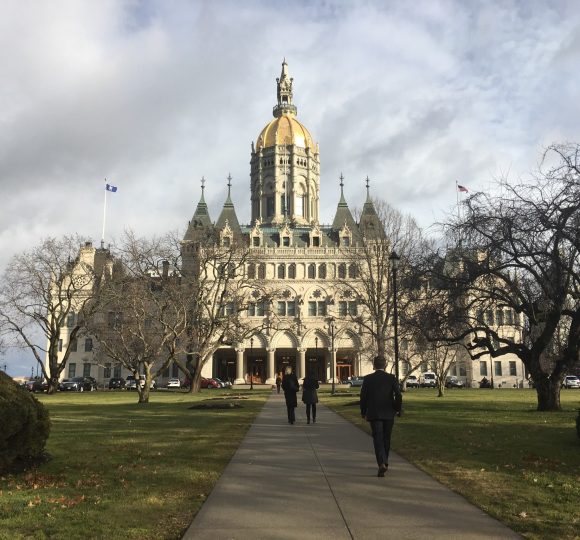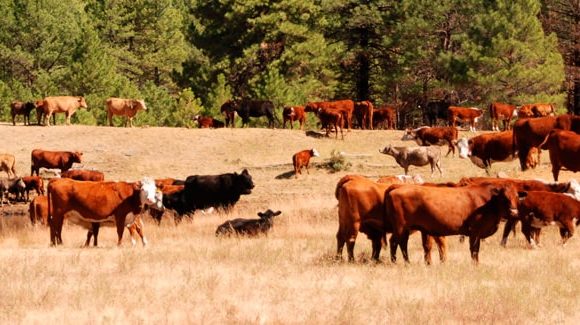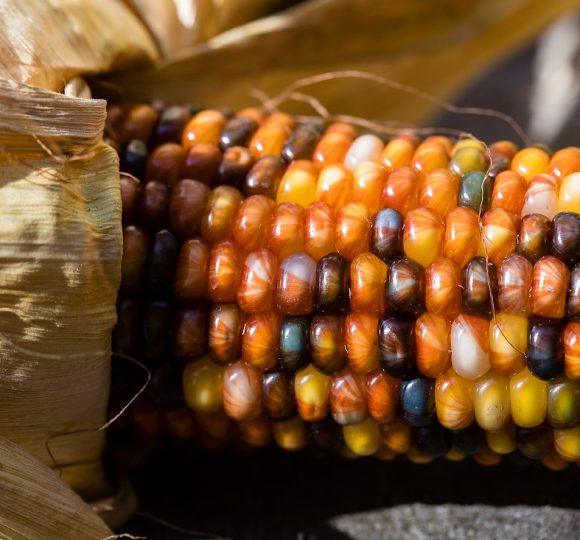Concerns about farmland loss and suburban srawl motivated 124 government entities to institute preservation programs at an overall cost of $3.723 billion (American Farmland Trust 2005a, 2005b). In addition, 38 states have implemented land conservation programs for ecological reasons. Critics suggest these programs do not prevent land conversion, do not maximize social benefits, and do not prevent land fragmentation (Pfeffer and Lapping 1995; Daniels and Lapping 2005; Lynch and Musser 2001). Concentrated preservation may provide greater benefits if threshold impacts or economies of scale exist. For example, a critical mass of contiguous farms may be needed due to economies of scale in support industries (Lynch and Carpenter 2003) and to avoid conflicts with non-farm neighbors. Large blocks of undeveloped land may be needed for ecosystem services provision such as wildlife habitat and water quality.
Publications
Impact of Designated Preservation Areas on Rate of Preservation and Rate of Conversion: Preliminary Evidence
Publication Name
American Journal of Agricultural Economics
Links
Author
Lori Lynch and Xiangping Liu
Publisher
Milwaukee, WI: American Agricultural Economics Association
Page Numbers
1205-1210
Publication Date
October 01, 2007
Publication Type
Articles
State
National
Keywords
Purchase of Agricultural Conservation Easements





